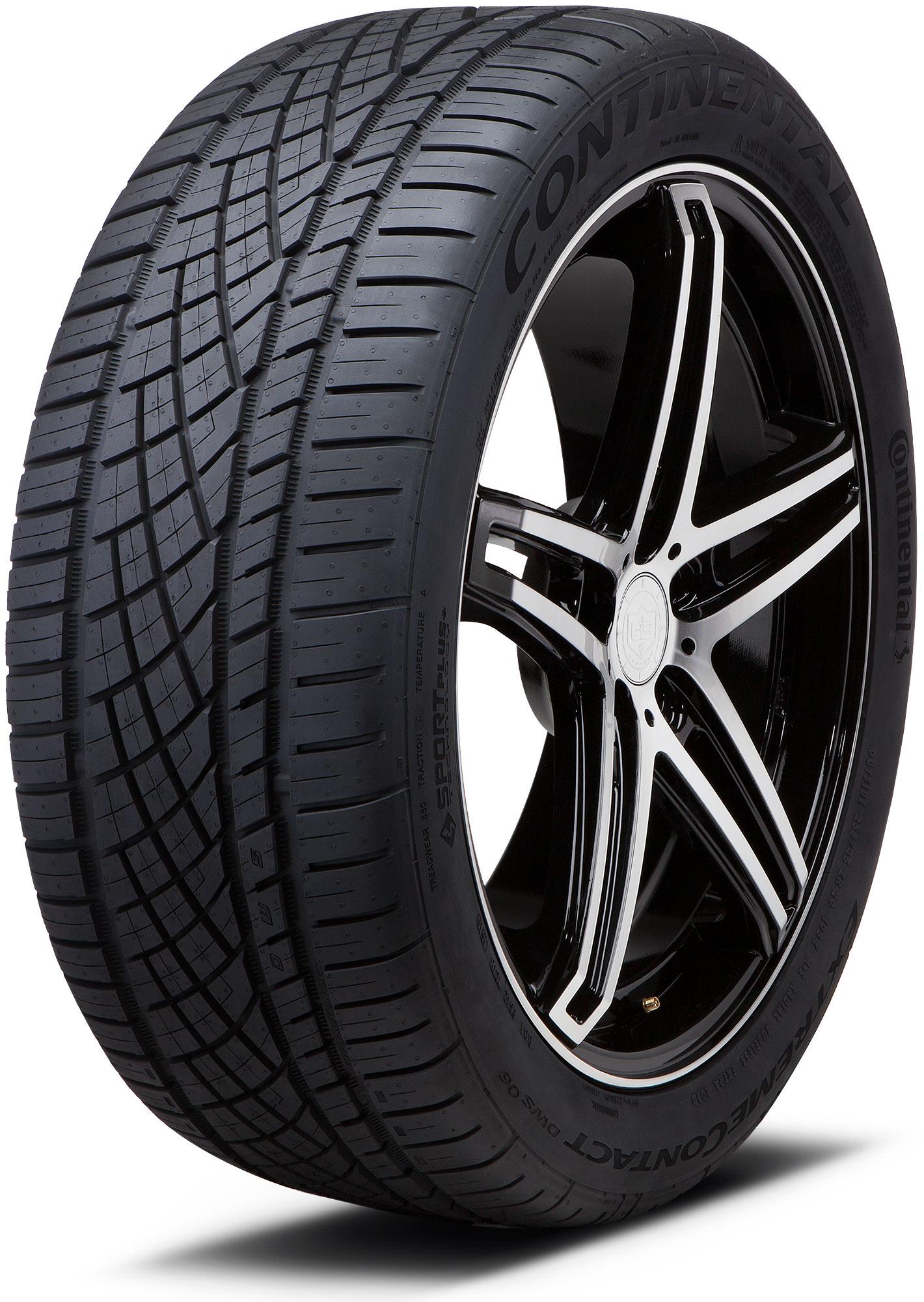When it comes to choosing the right tires for your vehicle, understanding tire load capacity is crucial. One might pause, wondering: “What’s the big deal about load capacity anyway?” Well, let’s dig into this essential aspect of tire performance, especially focusing on Load Range D and Load Range G. As we journey through this topic, we’ll unravel the intricacies of tire load capacity, exploring not just definitions but also implications for your driving experience.
First, let’s establish what tire load capacity actually means. It’s defined as the maximum weight that a tire can safely carry when properly inflated. This may seem straightforward, but it’s vital for ensuring safety and performance on the road. Neglecting this factor can lead to catastrophic results, such as tire blowouts or severe accidents. So, how does one go about navigating these crucial specifications?
When you look at a tire’s sidewall, you’ll see a phrase like “Load Range D” or “Load Range G.” These letters signify the tire’s construction and its load capacity. Generally, the load range corresponds to a tire’s ply rating. A tire with a Load Range D typically has a capacity of 8 plies, while Load Range G features a robust construction of 12 plies. When does it become imperative to differentiate between the two? The answer often hinges on your vehicle’s type and intended usage.
For instance, if you’re an everyday driver using your vehicle for commuting, a Load Range D tire may suffice. These tires can generally handle a maximum load of about 2,240 pounds. However, if you find yourself frequently towing heavy trailers, or if you drive a larger vehicle like a heavy-duty pickup truck, you might want to consider Load Range G. With a capacity to support up to 4,080 pounds, these tires offer increased durability and stability.
But hold on! Each load range has more than just its weight capacity to consider. The inherent construction differences mean that tires in the Load Range D category tend to have more flexibility, consequently offering a smoother ride. That being said, this added comfort comes at a cost; they might wear out faster when subjected to heavier loads. Load Range G tires, on the other hand, are stiffer. This leads to enhanced handling, especially when carrying considerable weight or navigating uneven terrain, but they may not ride as comfortably.
Now, let’s pose a playful question: How much weight are you realistically planning to haul? It’s not always as simple as it sounds. Assessing your vehicle’s typical load involves considering the weight of passengers, cargo, and any hitch-mounted accessories. You might find yourself in a predicament if you’ve packed for a family vacation and suddenly discover that you’re exceeding the load capacity of your tires, particularly if they’re Load Range D.
This scenario brings up an important point: understanding the specifications of your vehicle is indispensable. Check the vehicle’s owner manual or the label located on the driver’s side door jamb for the recommended tire specifications. It will offer insights into the required load capacity. Don’t merely assume; each vehicle has unique demands based on its design and intended use.
But let us delve deeper. Not only is load capacity crucial, but so is the tire pressure. Maintaining the optimal tire pressure ensures that your tires can perform at their best and carry the maximum load safely. Under-inflated tires may lead to tire blowouts, especially when carrying heavy loads. Conversely, over-inflation can reduce traction and lead to a harsh ride. Therefore, monitoring tire pressure should be an integral part of vehicle maintenance.
Furthermore, the terrain you frequent can significantly influence your choice. A Load Range D may perform adequately on well-paved highways, but if your adventures take you off the beaten path, opting for Load Range G provides that extra layer of security and assurance. These tires exhibit enhanced tread designs aimed at offering better traction on rugged landscapes.
Then there’s the question of weather conditions. Are you traversing sun-soaked highways or navigating through inclement weather? It’s easy to underestimate how load range corresponds with different road conditions. Load Range G enables better performance during snowy or icy conditions, enhancing grip and stability.
Ultimately, making a well-informed decision about tire selection encompasses more than simply checking load ratings. It involves an amalgamation of understanding load capacities, terrain, climate, and vehicle demands. One could argue that this rigorous evaluation turns tire selection into an enthralling puzzle, one where you have to piece together numerous factors to ensure both your safety and optimal vehicle performance.
To wrap up, confronting the complexities of tire load capacity between Load Range D and Load Range G is essential for every vehicle owner. The challenge lies not only in understanding these specifications but also in applying this knowledge to everyday driving scenarios. So the next time you consider replacing your tires, take the time to assess your needs in light of your vehicle’s capabilities. The investment in understanding these factors ensures a more enjoyable, safer driving experience in the long run!
